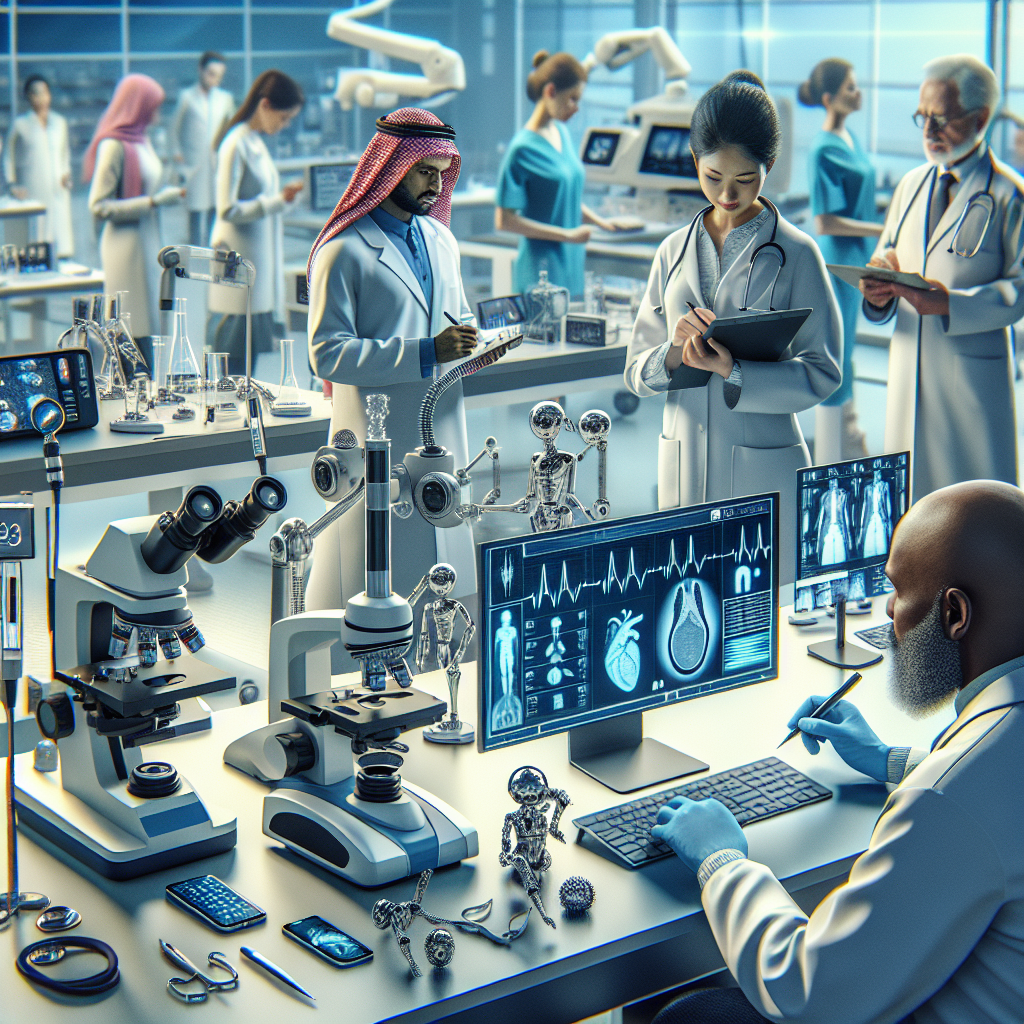Celebrating International Day of Medical Physics: Inspiring the Next Generation to Transform Patient Care
As healthcare systems worldwide face unprecedented cancer cases and expanding radiation-based therapies, medical physicists are more essential than ever.

Held each year on 7 November, the International Day of Medical Physics celebrates the essential role medical physicists play in radiation medicine. This date honors the birth of Marie Curie, the world’s first medical physicist, whose pioneering work laid the foundations for radiation-based medicine. The 2024 theme, “Inspiring the Next Generation of Medical Physicists,” reflects a pressing need to address the global shortage of qualified medical physicists, driven by a rapidly increasing demand for advanced medical technologies.
As healthcare systems worldwide face unprecedented cancer cases and expanding radiation-based therapies, medical physicists are more essential than ever. Their expertise spans a range of critical areas: they collaborate with oncologists, radiologists, and other health professionals, applying physics principles to ensure safety and precision in radiation procedures. These specialists calibrate equipment, calculate radiation doses, assess risks, and design quality assurance programs that protect patients and optimize therapeutic outcomes.
IAEA’s Commitment to Training and Education in Medical Physics
The International Atomic Energy Agency (IAEA) is leading the charge to bolster the global medical physics workforce. Through extensive training resources and specialized guidance, the IAEA equips medical physicists to meet healthcare demands while upholding the highest standards in safety and effectiveness.
One of the IAEA's recent initiatives includes the publication of “TCS-56 (Rev 1): Postgraduate Medical Physics Academic Programmes,” a resource that provides updated guidance on postgraduate training. Covering admissions standards, curriculum development, faculty requirements, and quality management, TCS-56 (Rev 1) aims to help universities and training institutes create robust, sustainable programs that prepare students for the complexities of clinical work. This resource not only builds foundational knowledge but also opens doors for further study, advanced research, and careers in industry or medical device innovation.
Professor Renata Longo, Director of the Master of Advanced Studies in Medical Physics at the University of Trieste, underscores the importance of TCS-56 (Rev 1): “The document sets a high standard for medical physics education and is adaptable to diverse contexts. Its flexible structure has become essential for countries seeking to improve their medical physics practices. Our program’s graduates are now globally enhancing patient care and healthcare systems.”
Workshop in Cyprus: Empowering Europe’s Medical Physicists
This week, the IAEA convened 24 specialists from across Europe for a week-long workshop in Cyprus (4-8 November 2024). Designed to foster sustainable academic programs, the workshop offered participants a chance to refine educational frameworks, develop practical skills, and address challenges specific to their countries. Through hands-on sessions, attendees learn to build comprehensive postgraduate modules, defining training objectives, develop syllabi, and identifying essential competencies for effective practice.
Borislava Petrovic, a medical physicist from the University of Novi Sad in Serbia, spoke highly of the experience: “This workshop has been invaluable in helping me understand how to apply TCS-56 (Rev 1) in my country. The skills I’ve gained will strengthen our medical physics practices and improve healthcare quality at home.”
Addressing a Global Workforce Need in Medical Physics
As cancer incidence rises worldwide, particularly in low- and middle-income countries, the demand for qualified medical physicists in radiotherapy continues to grow. According to Mauro Carrara, Head of Dosimetry and Medical Radiation Physics in the IAEA’s Division of Human Health, more than 18,600 additional medical physicists will be required globally by 2050 just to keep pace with cancer cases. The IAEA’s comprehensive approach — encompassing academic resources, practical training, and collaborative initiatives — reflects an urgent response to these needs.
As medical physicists continue to ensure the safe, effective delivery of radiation-based treatments, their role in healthcare will only grow in importance. By supporting the development of skilled professionals worldwide, the IAEA is contributing to better outcomes for patients and advancing global healthcare. Through continuous innovation, training, and dedication, the profession of medical physics is inspiring a new generation to carry on its vital mission.
- READ MORE ON:
- Medical Physics
- Marie Curie
- International Atomic Energy Agency










